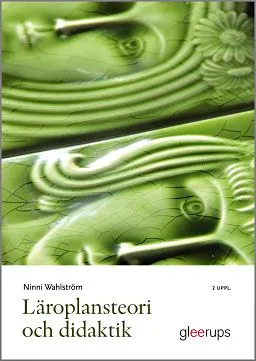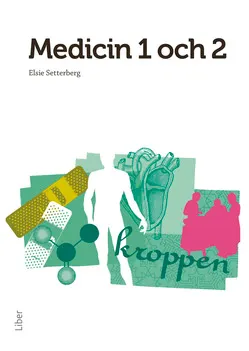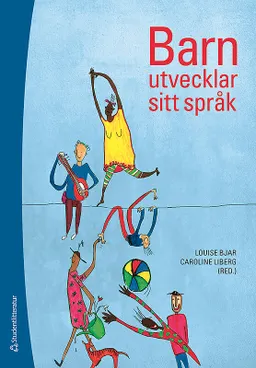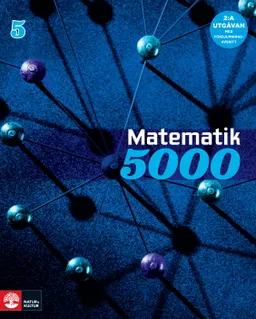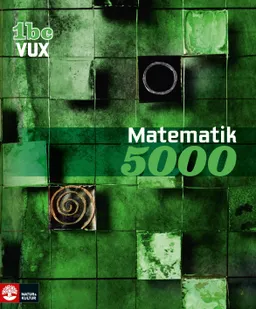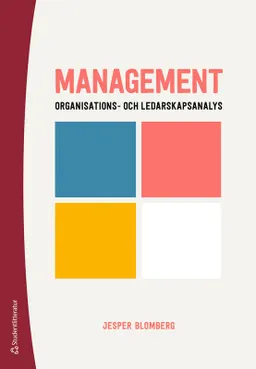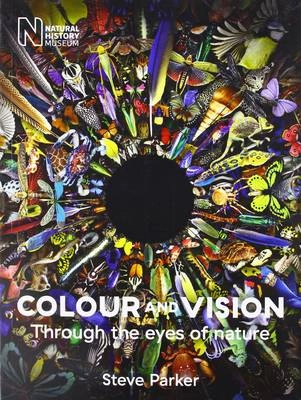

Colour and Vision
- Utgiven: 2016
- ISBN: 9780565093891
- Sidor: 128 st
- Förlag: Natural History Museum
- Format: Häftad
- Språk: Engelska
Om boken
Åtkomstkoder och digitalt tilläggsmaterial garanteras inte med begagnade böcker
Mer om Colour and Vision (2016)
I juli 2016 släpptes boken Colour and Vision skriven av Steve Parker. Den är skriven på engelska och består av 128 sidor djupgående information om naturvetenskap. Förlaget bakom boken är Natural History Museum.
Köp boken Colour and Vision på Studentapan och spara pengar.
Tillhör kategorierna
Referera till Colour and Vision
Harvard
Oxford
APA
Vancouver


